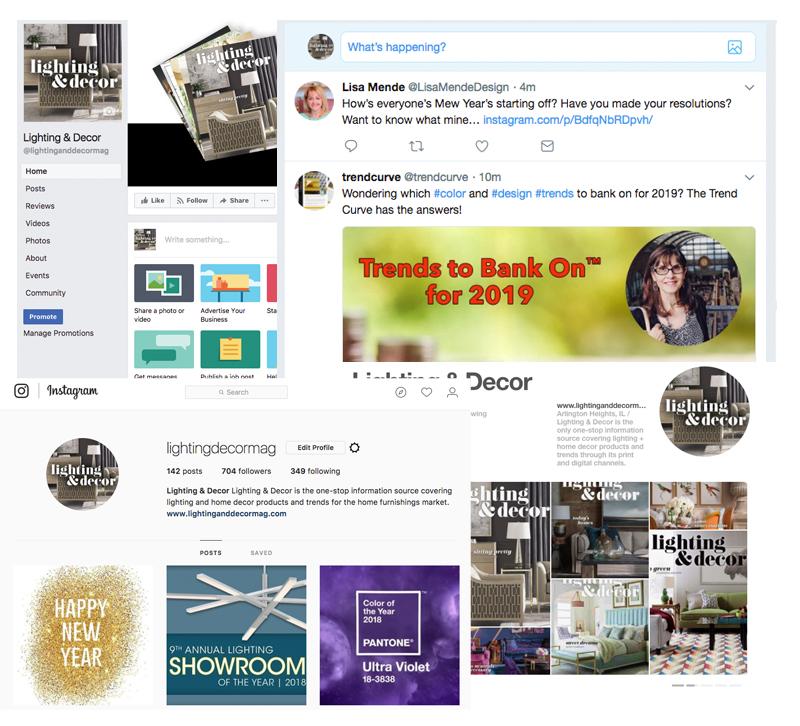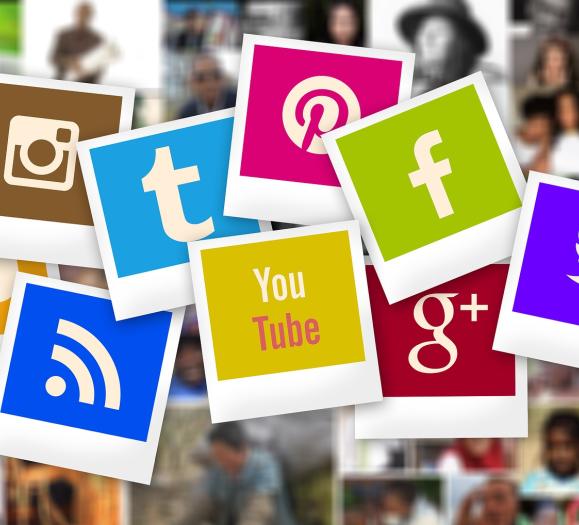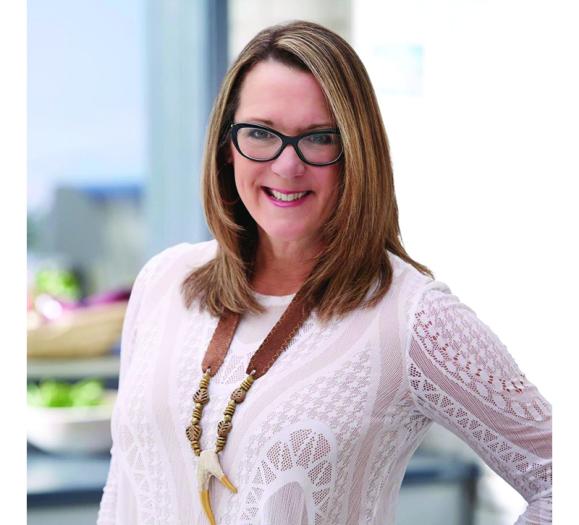When it comes to social media postings, you have the best intentions for your business. In the New Year, you promise you'll post every day. You swear you'll start taking more photos for Instagram. You've even torn out our social media planner from the January issue and pinned it on your wall.
But work gets busy. Markets happen. And before you know it, your Facebook page has been silent for a month, and your Pinterest hasn't seen a new board in months. Yet when you do post, it seems like you're yelling into the void. Sure you get a few likes, but few people share or comment.
So what's the point? Plenty of busy business owners let their social media accounts go silent, but it's not good for business. Here's why social media fatigue hurts your business — and how to fight it.
Brand authenticity matters
Frequent posts on social media platforms boost your SEO, making it easier to find when people search Google and on that platform. With all the competition out there, you need to make it as easy as possible for consumers to find you, especially in local searches.
Customers also expect more engagement from businesses. Regular posts with good information (new products, fun articles, ect.) read as more authentic to your customers. Research from Bonfire Marketing found that 91 percent of consumers want brands to be authentic — owning up to mistakes, creating genuine interactions, talking openly and honestly with consumers — and 63 percent said they would buy from an authentic company over a competitor.
Social media posts build authenticity before a customer steps foot in your showroom. Think of it like this: you have the choice between two restaurants. The first one has bubbly servers that know the menu well and can tell you about the chefs and where they source their food. The servers answer questions honestly and they seem passionate about the food and brand they represent. In the other restaurant, the staff seems only mildly interested. You have to keep calling your server over, and when you have a question about the menu, the server needs to run back to ask the chef again and again.
You'd probably rather go to the first restaurant, right? The staff is more knowledgable about the product, and they're genuinely interested in talking about what they do. In the days before social media, your sales associates would make this first impression, but nowadays, customers are researching businesses first and that means checking their social media accounts.
So if the choice comes between a brand with an active Facebook and Pinterest presence and one with few posts, which one do you think customers will choose?
Set reasonable expectations
Most businesses set themselves up for failure by setting unrealistic social media expectations for themselves. They know they should be on Facebook, Instagram, Pinterest and Houzz, but right now, they only have time for two platforms.
That's okay. Don't try to juggle everything at once when you're just starting out. Pick two platforms and commit yourself to them. As you get better about regular postings, you can add other accounts that will enhance your overall strategy.
If you keep falling off social media, create one Facebook page and a Pinterest account. Facebook's benefits are endless in terms of reach and ad potential, so you need a page no matter what. Pinterest is a popular home decor hotspot, and it's a great platform to showcase your showroom's style.
Learn automation
In the early days of social media, you could easily tell when a post was automated. It sounded robotic, and it usually had a typo or two in it. That's no longer the case. If you're using Facebook's scheduling feature (select the down arrow next to the Publish button and choose schedule), you can write posts ahead of time and schedule them for the week.
In our social media planner, we recommend two Facebook posts per day: one in-the-moment and the other scheduled. Sit down in your favorite chair on Sunday night and schedule five Facebook posts — one for each weekday. Check out sites like ApartmentTherapy.com, Curbed.com, ElleDecor.com and other popular home and design blogs. Post articles that interest you or even make you laugh. A sense of humor is always welcome on social media.
While you can't automate Pinterest, you really only need to interact with it once a week. Once you schedule your posts, spend some time checking out what's new on Pinterest. Go to your favorite boards and add new pins. Create new boards and follow up on any comments you receive. Pay attention to which boards get the most attention to get a better idea of what styles your customers like.
Social media marketing happens over time. It's a marathon, not a race. Though you may think your posts are going nowhere, they may be doing more work than you realize. Keep up your posting and your consumers will be excited to visit your store.
How do you fight social media fatigue? Share with us in the comments!







